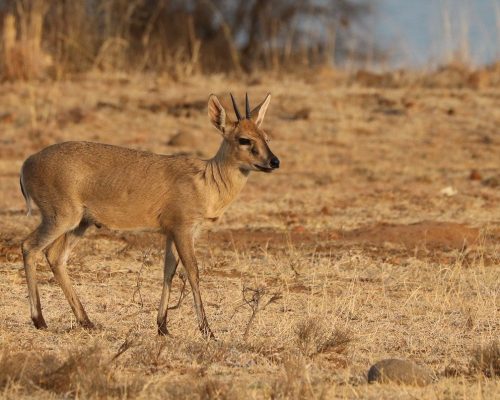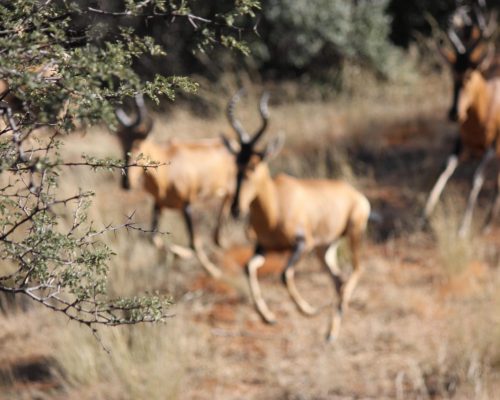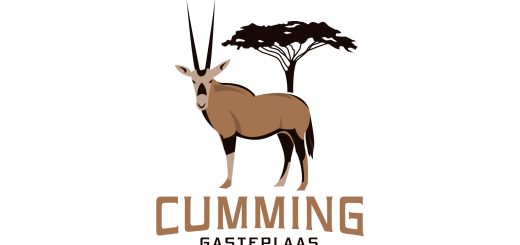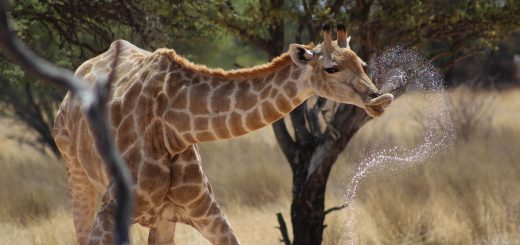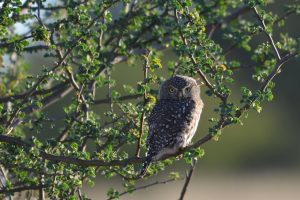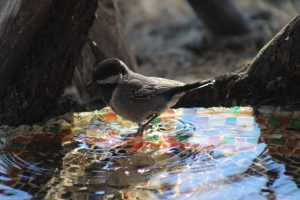The top five antelope of the Kalahari Dessert
These antelope have roamed the dunes of the Kalahari for centuries and are adapted in various ways to survive drought and all of its challenges. Different species of antelope are popular for farms to have in the Kalahari as it provides an additional source of income and food. However, in various parts of the Kalahari rainfall is often only average and above every third year. The last seven to eight years have seen below average rainfall for large parts of the Northern Cape and North West provinces. During these drought stricken years, only the most hardy species survive which are listed below.
The Oryx
The oryx is probably the most iconic antelope of the Kalahari dessert. With long pointy horns it can fend off predators, however, to cope with soaring temperatures and scarce water resources it mostly feeds early mornings, late evenings and sometimes at night when the plants’ moisture content is high. Oryx have also been observed to eat soil to obtain minerals.
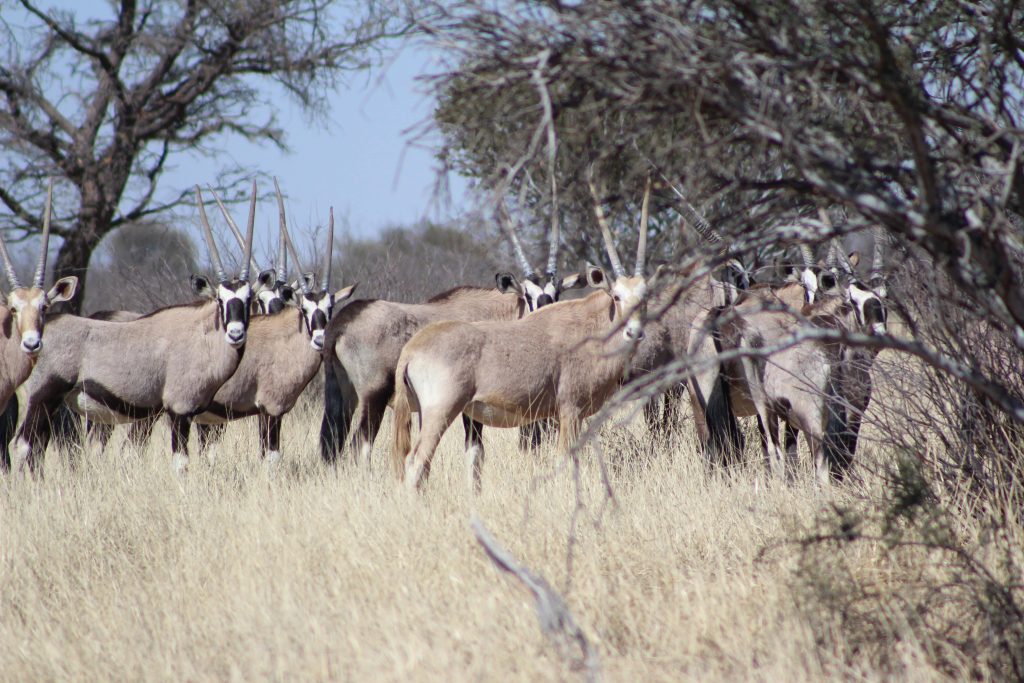
The Springbok
Also referred to as the ‘peacock of the savannah’, the Springbok roams throughout the Kalahari Desert. It mainly survives on grasses and succulents which provides it with enough moisture that it can often go up to a year without water. However, it will regularly drink at available watering holes.
The adaptation it is most known for is its ability to ‘pronk’ where it can leap approximately three meters into the air making it seem larger and more difficult for predators such as Lynx to catch it.
Steenbok
With its petite body and tiny sharp horns, the Steenbok has various adaptations to protect itself from droughts and a large variety of predators. Leaves, grass and roots provide it with food as well as enough moisture to last without water for long periods of time.
Females often don’t have any horns, but the males do. A peculiar habit of the Steenbok is to scrape a hole wherein it would drop its urine and feces and close it up afterwards. Since their habitats are quite small this prevents predators from seeking them out easily.
Duiker
Translated from Afrikaans, ‘Duiker’ means ‘to duck’ which is suitable since it prefers ducking into thick bushes when threatened.
The Duiker appears somewhat larger than the Steenbok, but is still quite a small antelope easily preyed upon. A diet of buds, seeds, bark, leaves and fruit provide it with sufficient moisture to last the frequent droughts.
The Red Hartebeest
This antelope is one of the most hardy species of antelope. No wonder its name literally means ‘tough ox’! The Hartebeest can reach speeds of 70km/h and are quite endearing runners giving predators a run for their money.
Their diets are mostly grasslands, but to be so ‘tough’ is a matter of breeding. The Hartebeest is known to mix populations and gene flow so there are many subspecies of Hartebeest. Mixing genes can result in offspring having the best of the combining subspecies, although this is only speculated to be the case.
The Kalahari Dessert is a diverse community of animals and if you would like to see the above antelope in their natural environment feel free to send us a message for recommendations.


